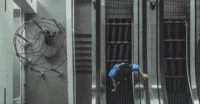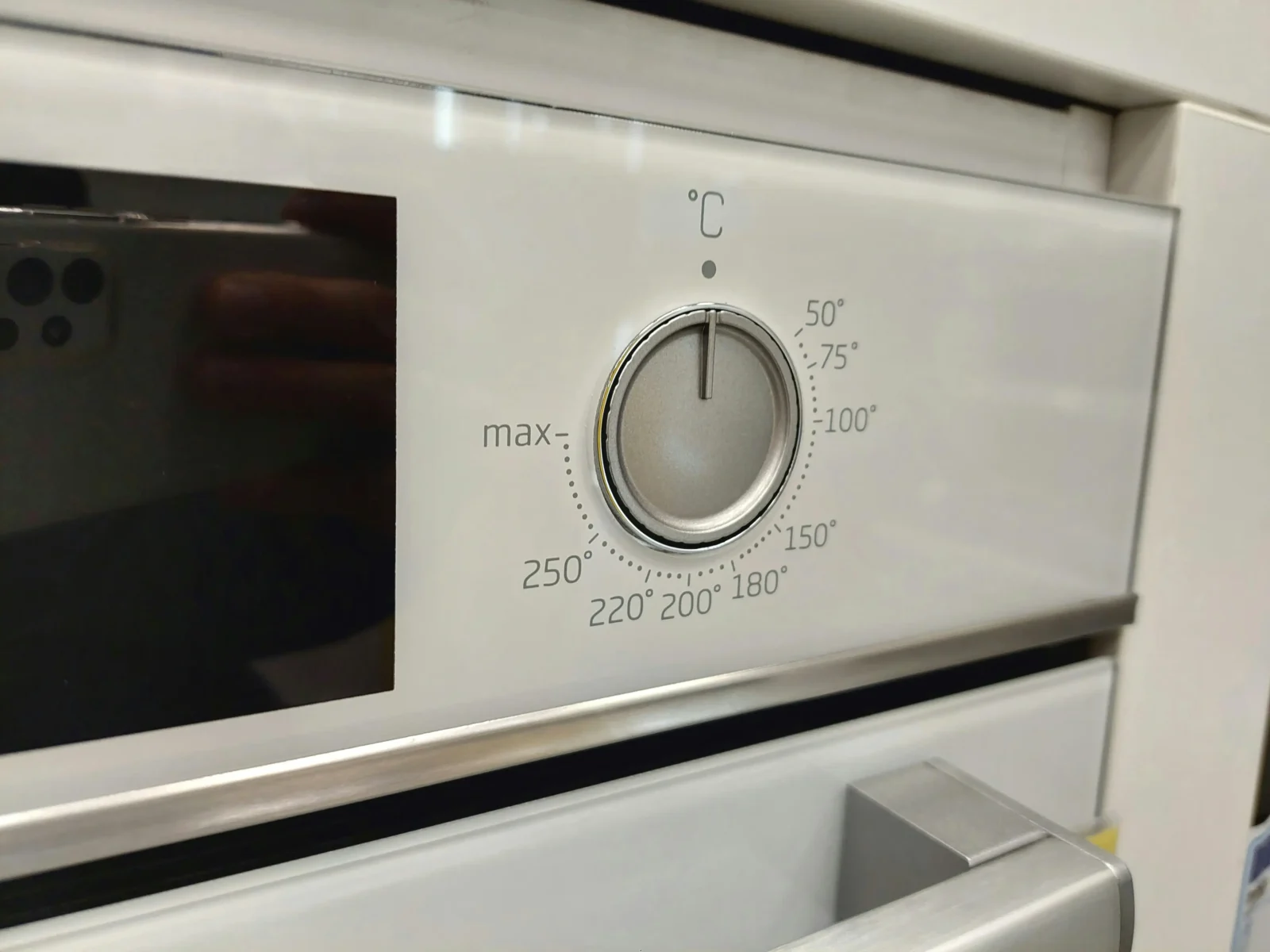- Home
- Articles
- Architectural Portfolio
- Architectral Presentation
- Inspirational Stories
- Architecture News
- Visualization
- BIM Industry
- Facade Design
- Parametric Design
- Career
- Landscape Architecture
- Construction
- Artificial Intelligence
- Sketching
- Design Softwares
- Diagrams
- Writing
- Architectural Tips
- Sustainability
- Courses
- Concept
- Technology
- History & Heritage
- Future of Architecture
- Guides & How-To
- Art & Culture
- Projects
- Interior Design
- Competitions
- Jobs
- Store
- Tools
- More
- Home
- Articles
- Architectural Portfolio
- Architectral Presentation
- Inspirational Stories
- Architecture News
- Visualization
- BIM Industry
- Facade Design
- Parametric Design
- Career
- Landscape Architecture
- Construction
- Artificial Intelligence
- Sketching
- Design Softwares
- Diagrams
- Writing
- Architectural Tips
- Sustainability
- Courses
- Concept
- Technology
- History & Heritage
- Future of Architecture
- Guides & How-To
- Art & Culture
- Projects
- Interior Design
- Competitions
- Jobs
- Store
- Tools
- More
What to Expect During an Emergency Electrical Repair and How to Prepare

Facing an unexpected electrical emergency can be stressful and overwhelming. Since electricity is a critical component of modern life, any disruption can lead to safety concerns and inconveniences. Understanding the potential issues, how to prepare, and what to expect during the repair process can significantly improve your ability to manage the situation effectively. Knowing the signs of electrical malfunction and recognizing when it’s time to call for help is essential for safeguarding your home and family.
Table of Contents
ToggleRecognizing the Signs
Identifying the symptoms of an electrical problem is the first step in addressing issues promptly. Common signs include flickering lights, buzzing sounds, burnt smells, and tripped circuit breakers. Flickering lights can indicate problems with the wiring, either due to loose connections or an overloaded circuit. If light fixtures buzz, it’s an alarm that warrants immediate attention since this may suggest an issue with the fixture itself or the wiring leading to it. Burning odors are not just a nuisance; they pose severe safety risks and may indicate overheating wires, which can lead to fires.
Being vigilant about these signs empowers homeowners to act quickly before problems escalate into emergencies. Once you detect anomalies, your next step should be to contact professionals. Contacting options such as Canberra emergency electrical experts ensure that you receive timely and qualified assistance. Ignoring these warning signs can lead to more severe damage, so addressing them promptly can help prevent costly repairs and ensure the safety of your home.

Preparing for an Emergency Electrical Repair
Preparation is vital in ensuring a smooth and effective resolution to electrical troubles. Start by having a list of reliable electricians who can handle emergencies. Research local professionals, checking their credentials, experience levels, and customer reviews. Create a safety kit that includes essentials like flashlights, batteries, and first-aid supplies. If you live in an area prone to electrical outages or severe weather, consider investing in uninterruptible power supplies (UPS) or emergency generators.
Familiarize yourself with your home’s electrical panel and know how to shut off power during dangerous situations. Regular maintenance checks can also mitigate risks by identifying potential issues before they escalate. Keeping your home clutter-free around electrical outlets and cords reduces hazards.
The Initial Response: Assessing the Situation
Upon noticing an electrical issue, your immediate response is crucial. The first action to take is to remain calm, assess the problem, and ensure everyone in your house is safe. If there’s a risk of electrical shock or fire, don’t hesitate to evacuate the premises. Once safety has been established, examine indicators like blown fuses or tripped breakers. Document your findings to provide context when professionals arrive, as this information can streamline their diagnosis.
To prevent additional hazards, avoid using appliances or resetting circuit breakers until experts have evaluated the situation. Gathering accurate details before your electrician arrives can significantly affect the efficiency of the repair process.
The Repair Process: What Happens on Site
When the emergency repair team arrives, they will begin with a thorough assessment of the situation. They will ask questions to understand your observations and any specific events leading up to the emergency. This information is critical in diagnosing the issue effectively. Electricians will typically perform a visual inspection of your electrical system, looking for signs of damage or faults such as burnt wires or damaged connectors.
After assessing the faults, they will recommend the necessary repairs or replacements. Depending on the complexity of the issue, repairs may take several hours or even longer. Throughout the process, maintain communication with the team, asking questions about the repairs and their implications for your electrical system going forward.
Understanding Costs Associated with Emergency Repairs
Emergency electrical repair costs can vary widely depending on several factors, including the nature of the fault, the time taken for repairs, and the hourly rates of the service providers. Emergency repair services cost more than regular maintenance due to their on-call nature and the urgency of the situation. Several companies may charge service call fees to come out after business hours or during weekends.

Transparency is crucial. Inquire about estimates and any potential additional costs before the work begins. Understanding your payment options will help you prepare your budget. If you have home insurance, it’s worth checking if your policy covers emergency repairs.
Post-Repair Actions
After a repair has been completed, there are steps that homeowners should follow to ensure continued safety and functionality. First, conduct a thorough inspection to ensure all functions are operating correctly before signing off on any completed work. Ensure that the repair team provides warranties or guarantees for their work. To protect your system in the future, establish a regular maintenance schedule that includes electrical inspections.
Keeping an eye on gadget usage and understanding load limits can prevent further emergencies. Invest in surge protectors for sensitive electronics, and educate family members about the safe use of electrical items. Regularly check for signs of wear on cords, outlets, and appliances.
Being prepared and informed is critical when facing electrical emergencies. From recognizing warning signs of malfunction to selecting the right professionals, each step plays a vital role in securing your home. Be proactive in maintaining your electrical system and ensuring safety, as this will benefit both your home and your peace of mind.
illustrarch is your daily dose of architecture. Leading community designed for all lovers of illustration and #drawing.
Submit your architectural projects
Follow these steps for submission your project. Submission FormLatest Posts
The 10 Most Iconic Buildings in the World and Their Stories
From ancient marvels like the Great Pyramid of Giza to modern icons...
How to Choose the Best Balloon Garland Kit for Your Event Theme
Balloon garlands are now a very popular decoration for today’s celebrations, including...
Dependable Service for Everyday Appliance Problems
When a washer stalls mid-cycle or a fridge warms up, you need...
8 Essential Web-Based Mapping Tools for Modeling Sea Level Rise and Flood Impacts
As climate change accelerates, flood risk and sea level rise have become...











Leave a comment